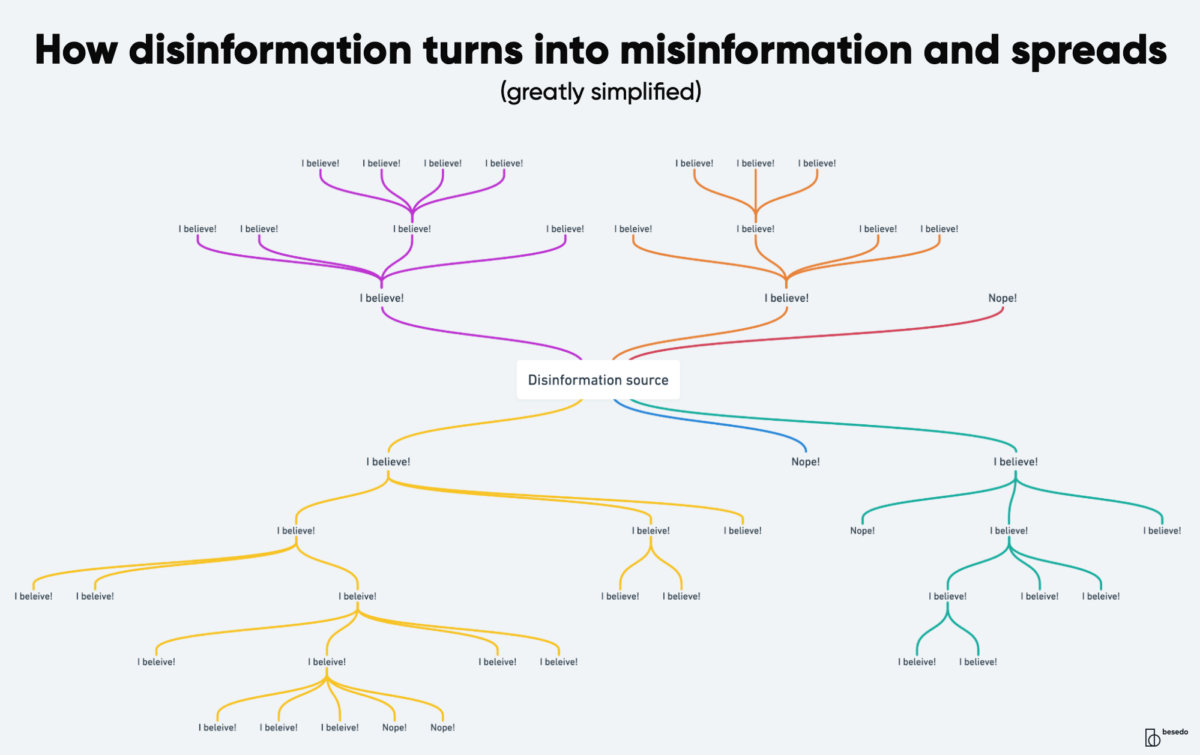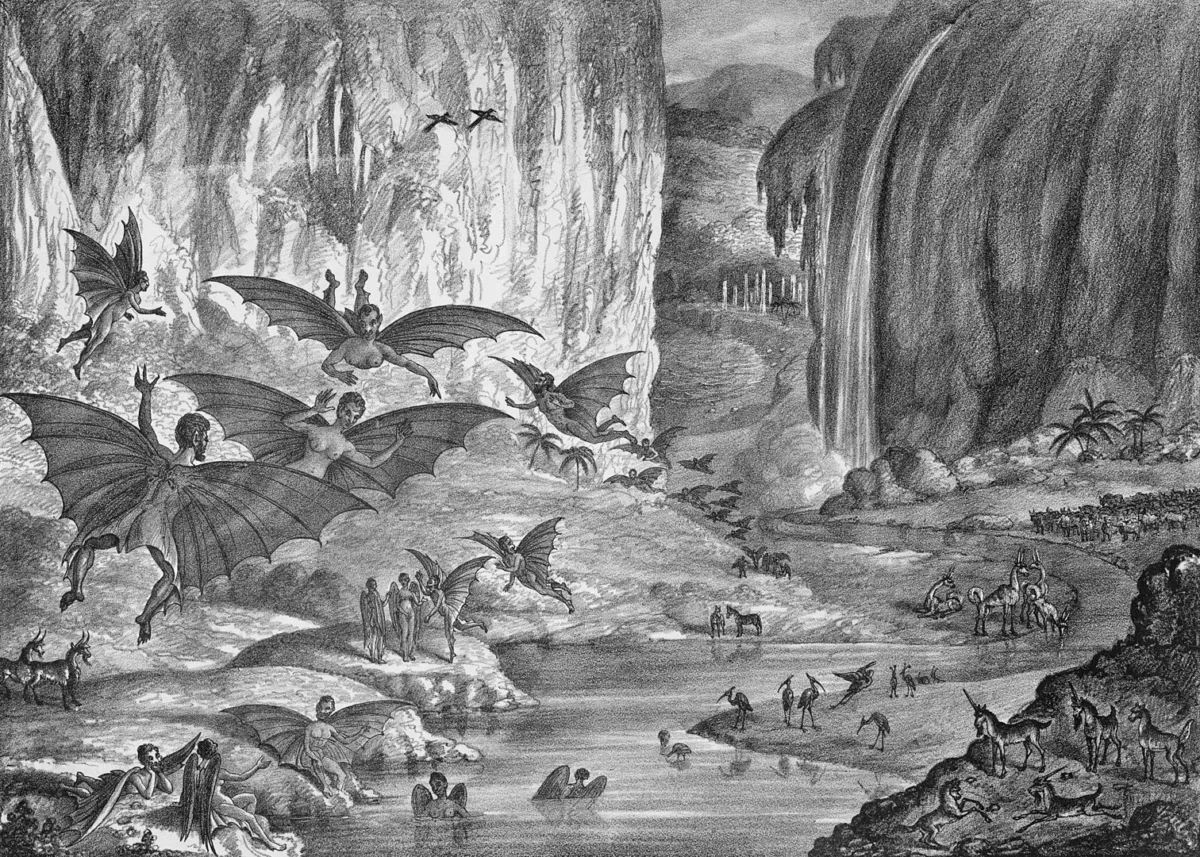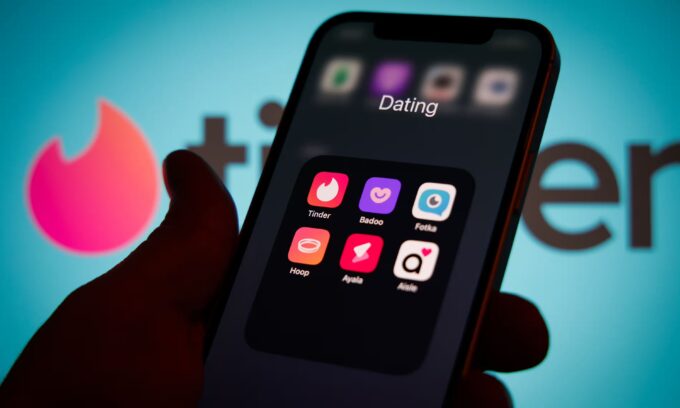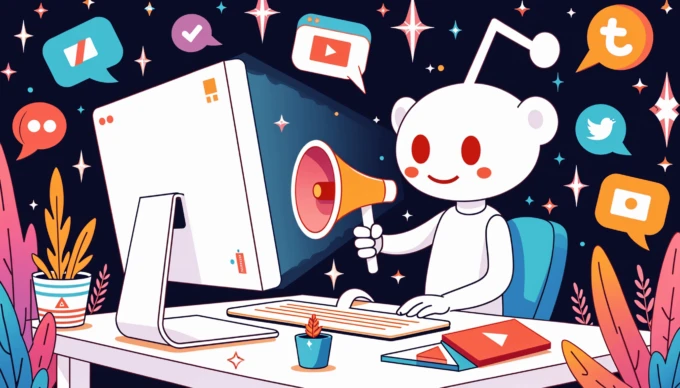Contents
We live in turbulent times. Both disinformation and misinformation are running rampant on the internet and in the minds of people around the world. While not a new phenomenon, the rise of social media has made the spread of information much faster and more efficient, and this unfortunately includes false information.
The terms “disinformation” and “misinformation” are used a lot these days, but we have noticed there seems to be quite a bit of confusion about how they differ. They are not synonymous. So let’s clear that up in this article and throw in a few interesting extras for good measure.

What is misinformation?
Misinformation is false information, but it hasn’t been created or spread with the intent to cause harm or mislead. It’s often spread because of misunderstandings or (ironically) misinformation.
In other words, the person or source spreading the misinformation believes it is accurate and true information.
This doesn’t mean misinformation can’t be dangerous and do harm. All it means is that it comes from a “good place”. Which leads us to its more devious sibling: disinformation.
What is disinformation?
Disinformation is deliberately false or misleading information created and spread to deceive or mislead. So the main difference between disinformation and misinformation is the intent.
- Misinformation: False information but honest intent.
- Disinformation: False information created to deceive.
As you can imagine, much of the misinformation out there in the world originates from disinformation.
Disinformation is an efficient manipulation technique. You don’t have to convince everyone, just enough people to start the spread of misinformation. It’s like a mind virus that starts spreading on its own after it has been planted in peoples’ brains.
Who creates disinformation and why?
Disinformation is usually created and spread by people, organizations, corporations, and governments to further their own interests in one way or another. It’s a vital part of what is sometimes referred to as information warfare.
Disinformation can be created for many reasons, for example:
- As part of state propaganda
- To take focus away from something, for example, a scandal
- To paint someone or something in a more positive or negative light
- To smear political opponents
- To interfere in elections
- To manipulate public opinion about a subject
- To create fear in a population
- To create confusion in a population
- To strengthen existing divides and biases in a population
- To strengthen or weaken a certain ideology
- To manipulate markets (e.g., the stock market)
- To get clicks and earn money from web traffic and attention
The possibilities are endless, and there are usually overarching goals with many disinformation campaigns under them working in tandem over time.
For example, during wars or conflicts, it can be nearly impossible to know what is true and what is not because disinformation and misinformation will run rampant, mixed in with true information.
How does disinformation and misinformation interact?
Misinformation is how disinformation really spreads. Let us expand on that a bit.
What starts out as disinformation eventually turns into misinformation and gains its own life. Well-meaning (or sometimes hateful) people take over and run with it. Either they, or people they trust, have been convinced by a piece of disinformation.
You can think of disinformation as the seed of a plant, and misinformation as the plant and branches that then grow and spread out into the world.

Once false information gains momentum, it can be nearly impossible to stop. Humans are tribal, and once convinced of something, it takes a lot to change our minds.
Another aspect of disinformation is that it can often take a piece of existing misinformation or common prejudice and amplify it. By amplifying existing prejudices, preconceived ideas, disagreements, and so on, you get a kind of feedback loop between disinformation and misinformation.
If you want to read more about how this works, a bit of googling will show you that this is a popular subject for academic research. For a high-level overview, the World Economic Forum has a nice summary of how disinformation spreads on its website.
How do you recognize disinformation?
There are many ways to recognize disinformation but almost all of them are difficult and time-consuming. Since images, videos, and other information can spread like wildfire these days, it can be difficult to counter and disprove disinformation in real-time.
What is worse is that some disinformation can have a seed of truth, making it more difficult to tell what is false. If you have a statement with three truths but a nefarious falsehood snuck in, it can be easy for people to think, “well, I know that bit there is true, so the rest must be true as well.”
Even serious news organizations get it wrong sometimes.
While you as an individual may not have all the time, tools, and resources required to dig into misinformation you see spreading fully, here are a few basic tips:
- Try to find the original source of the information. Is it a credible source?
- If there are photos or videos, are they actually from the place and time people say they are? A reverse image search can help here.
- Are there indications that photos or videos have been manipulated or manufactured?
- Are the claims credible based on existing, verified information?
- Is information consistent? Sometimes a source will throw out so much disinformation that they start contradicting themselves.
Understanding the mechanics, sources, and purposes of disinformation is vital. You need to be media literate, good at critical thinking, and an excellent fact-checker. Deep knowledge of the subject in question of course helps a ton.
And be aware of your own biases. We all have them; they may cloud your judgment.
As we said, it’s not easy.
Recognizing false information and fake news is only going to get more difficult over time. We’ll have more cases of AI-generated images, hard-to-recognize deepfakes, and AI models that can be trained to spread disinformation almost on autopilot on for example social media. And plenty of humans as well (you’ve probably heard of troll farms).
CISA has an in-depth PDF with information about the tactics of disinformation that you can dive into for further reading.
Can content moderation stop disinformation?
In theory, yes, but it’s a big challenge, and catching all of it instantly is nearly impossible. For example, even very large platforms like Facebook, Twitter/X, Instagram, TikTok, and others have massive problems dealing with disinformation and misinformation.
In addition to public posts, misinformation also spreads in group chats on apps like Telegram, WhatsApp, and others.
We’re content moderation specialists, so we’re well aware of the challenges various platforms have to stop the spread of misinformation online, especially at scale. Stopping or at least limiting false information will be a growing challenge for almost every site that lets its users post information (i.e. have user-generated content).
Having effective content filters and a smart content moderation system in place will certainly help a lot, but they will need to be flexible and adapt over time as disinformation tactics evolve and become more sophisticated.
Let’s end on a more lighthearted note
Disinformation is not a new phenomenon. There are plenty of examples from way before the birth of the internet.
There are so many sinister real-world examples of disinformation campaigns, so let’s end with a more amusing one from the 19th century, usually referred to as The Great Moon Hoax of 1835.
At this time, the Moon captured a lot of people’s imagination, so when a series of articles in a New York newspaper claimed that both life and civilization had been found on the Moon, it made some noise.
From the Wikipedia article linked above:
The articles described animals on the Moon, including bison, goats, unicorns, bipedal tail-less beavers and bat-like winged humanoids (“Vespertilio-homo”) who built temples. There were trees, oceans and beaches. These discoveries were supposedly made with “an immense telescope of an entirely new principle”.
It apparently took weeks until it was discovered to be a hoax.

In addition to the information on Wikipedia, you can find a scanned 1859 reprint of the hoax over at the Internet Archive.
If only all disinformation were this much fun.
If you have user-generated content on your app or website, you can always reach out to us for a friendly chat. No strings attached, really. We’re looking forward to hearing from you.
Ahem… tap, tap… is this thing on? 🎙️
We’re Besedo and we provide content moderation tools and services to companies all over the world. Often behind the scenes.
Want to learn more? Check out our homepage and use cases.
And above all, don’t hesitate to contact us if you have questions or want a demo.





